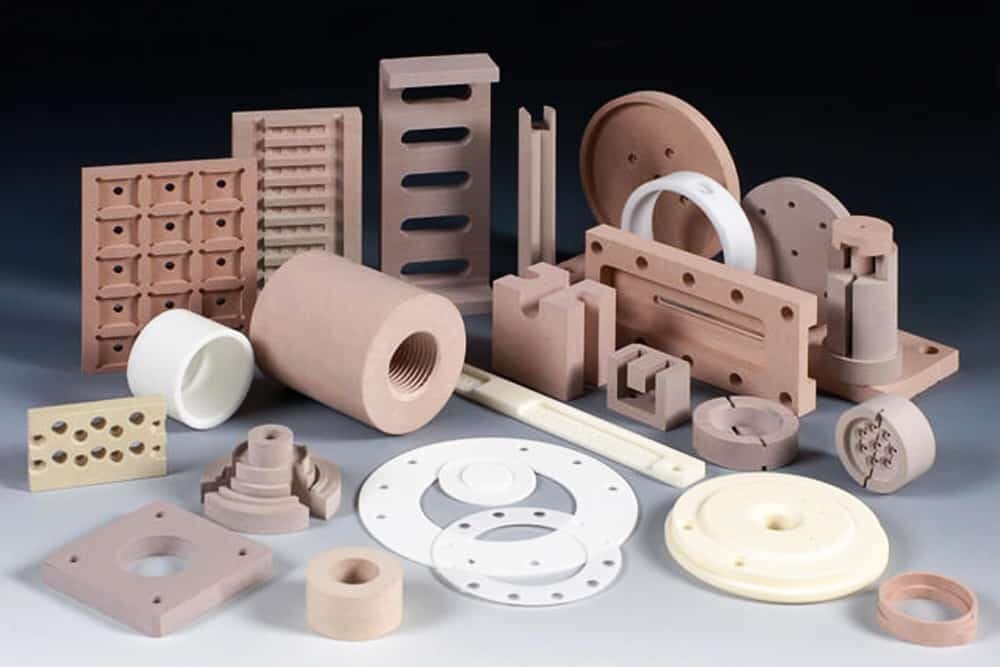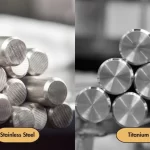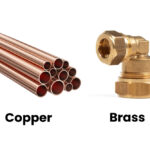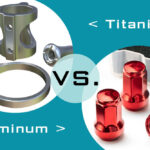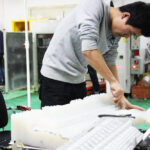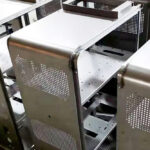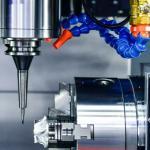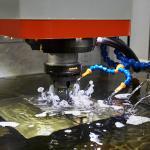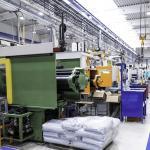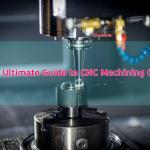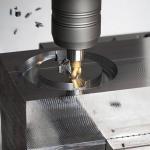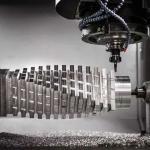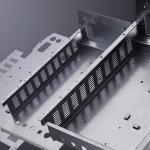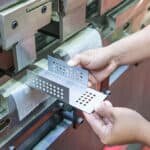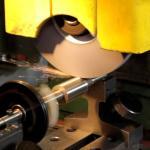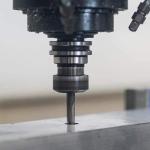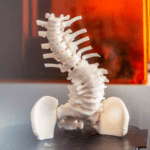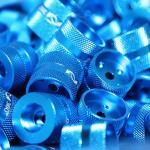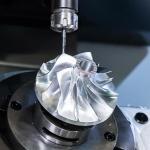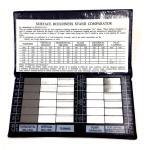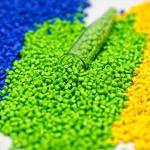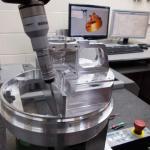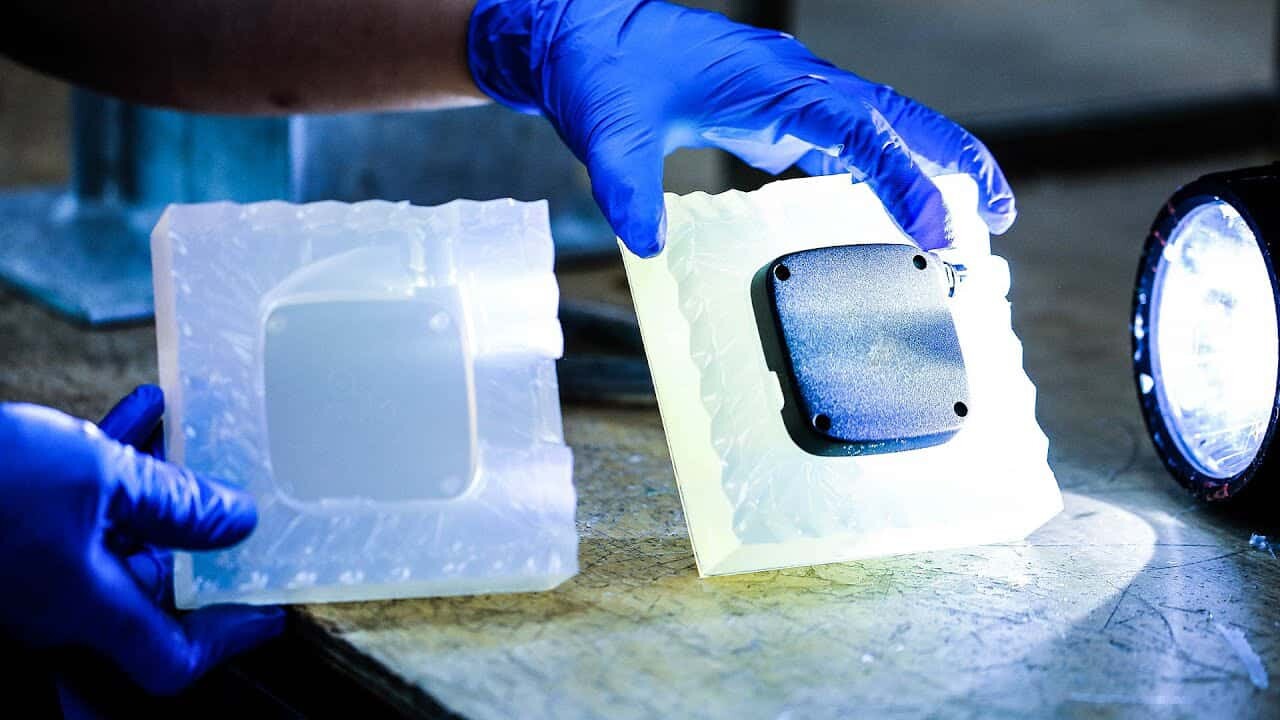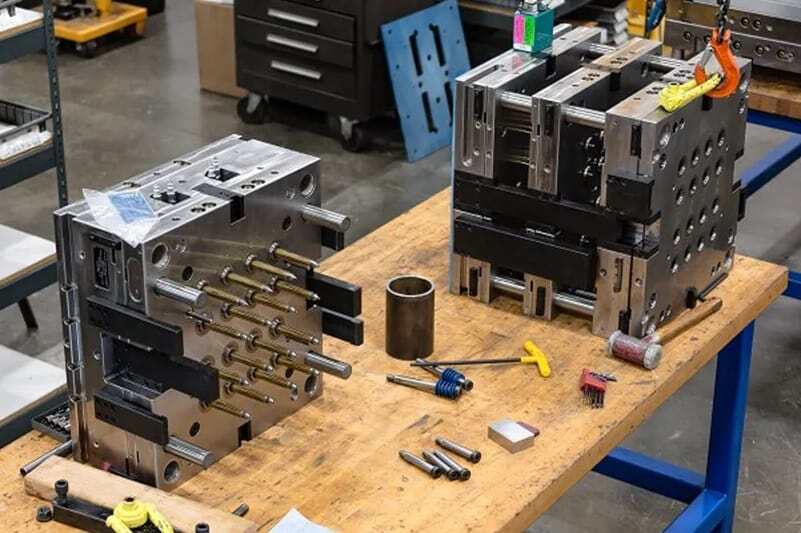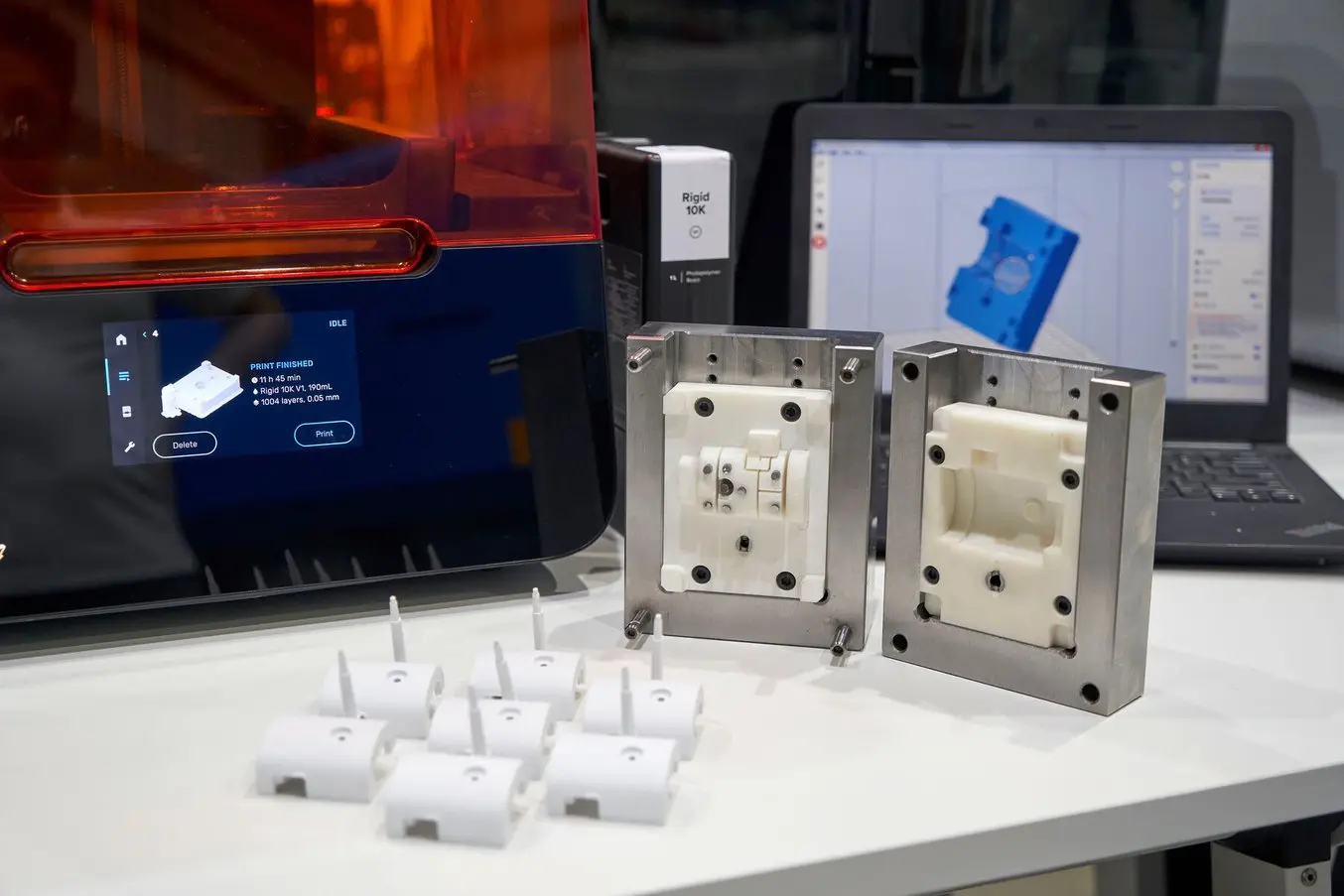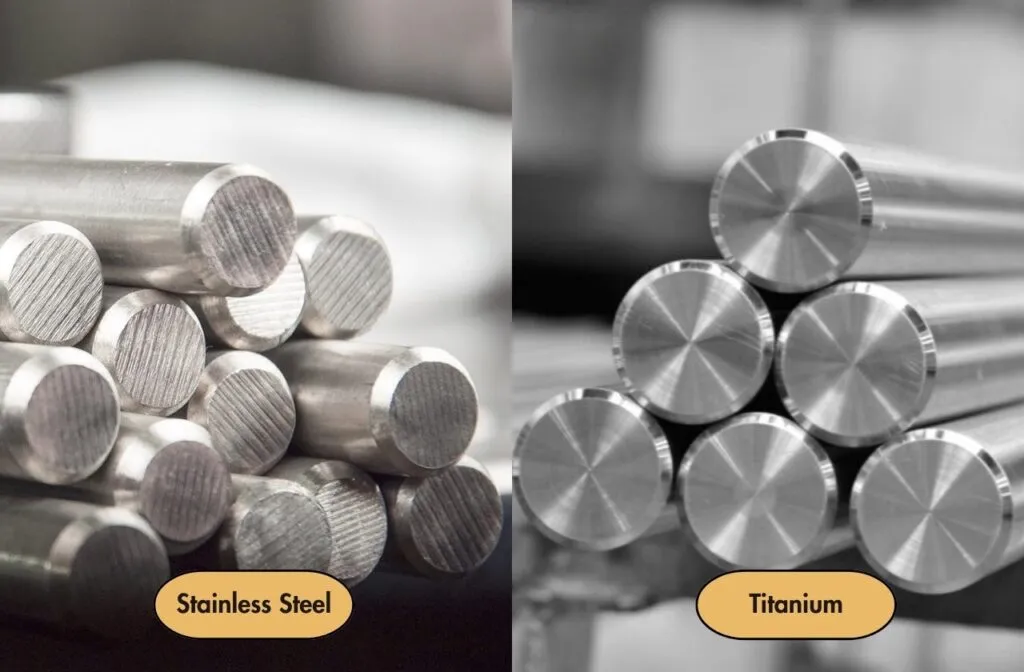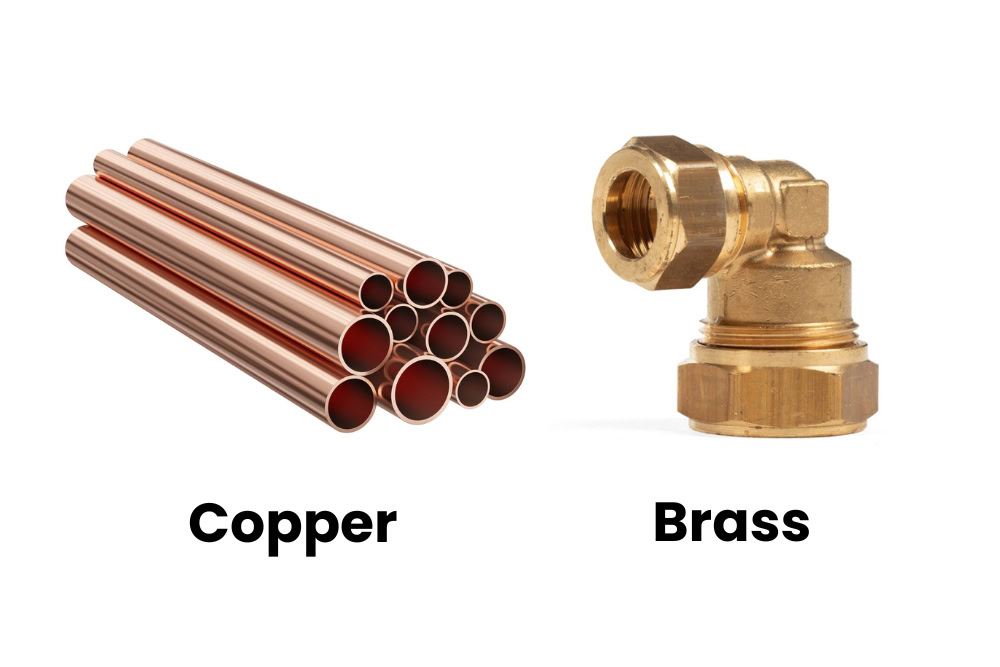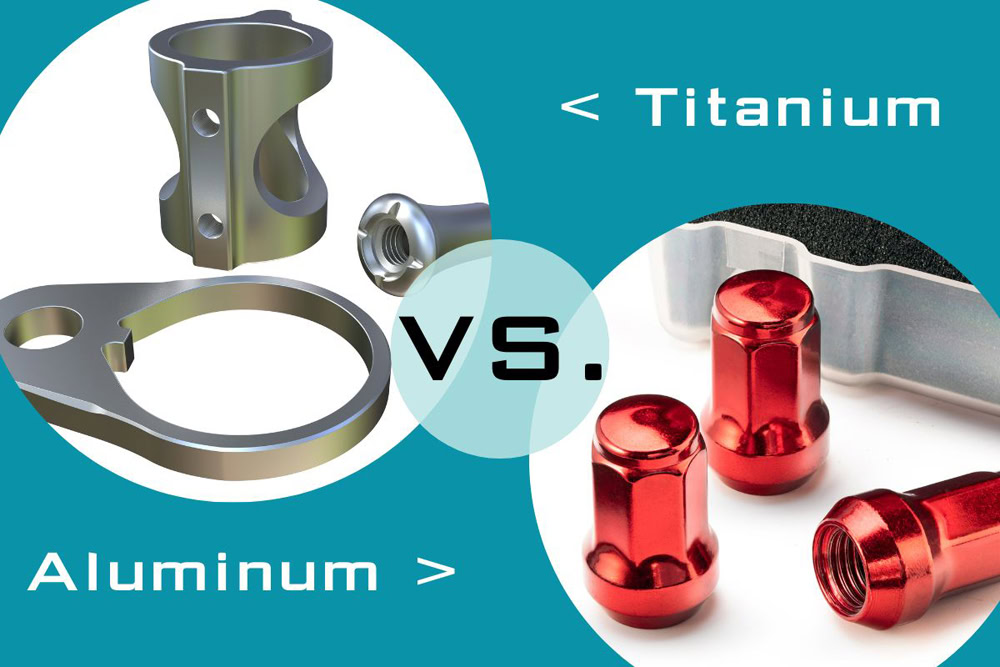CNC machining ceramics is a complex process that requires a comprehensive understanding of the ceramic material properties, cutting tool technology, and cutting parameter optimization. Machining ceramics offer several advantages over traditional metal machining processes, such as high strength and hardness, low coefficient of friction, and biocompatibility. Using computer-controlled automation methods such as CNC, manufacturers can produce high-quality, precision ceramic components for various industry applications. As a mechanical designer, you need to consider all the essential factors, from tool selection to post-machining thermal treatment, when designing ceramic components for production.
Ceramic is a highly durable and versatile material that has been used in various industrial applications such as aerospace, automotive, electronics, and medical devices. CNC (Computer Numerical Control) machining is the preferred method to machine ceramics because it ensures precision, accuracy, and repeatability in the production process. In this ultimate guide to CNC machining ceramic, we will explore the benefits and challenges of machining ceramics, the types of ceramics that can be machined, and the essential factors to consider when machining ceramics.
Table of Contents
ToggleWhat Is Ceramic CNC Machining?
Ceramic CNC machining is a subtractive manufacturing process that uses CNC machine tools to remove material from a block of raw material to create a specific shape. Ceramic CNC machining uses advanced cutting tools such as diamond, cubic boron nitride, and custom made tools to create high-precision components. The machine tools use CAD files, which specify the exact measurements and specifications of the part required, to ensure consistency in the manufacturing process. Ceramic materials that are commonly machined include zirconia, alumina, silicon carbide, and titanium carbide.CNC machining ceramics is being used across industries, including aerospace, defense, automotive, and medical, for its ability to produce intricate parts and components with tight tolerances.
Benefits Of Ceramic CNC Machining
Ceramic CNC machining offers mechanical designers many benefits that traditional metals cannot match. From superior strength and durability to corrosion and wear resistance, ceramic components are ideally suited for many industrial applications. In addition, ceramic CNC machining can create lightweight and precise components, and the cost-effectiveness of the process is a significant advantage. Mechanical designers should seriously consider ceramic CNC machining for their projects, and leverage its many benefits to create better products and more efficient processes.
1. Superior Strength and Durability
Ceramic materials are known for their excellent strength and durability. In fact, ceramics are stronger than steel and can withstand extreme temperatures, making them highly desirable for many industrial applications. Ceramic CNC machining provides designers with the ability to create complex shapes and small tolerances while retaining the material’s strength.
2. Corrosion and Wear Resistance
One of the most attractive features of ceramic materials is their resistance to wear and corrosion. Ceramic components can often last up to 10 times longer than traditional metals, making them ideal for applications in high wear and corrosive environments. Ceramic CNC machining can be used to create components that are not only stronger, but also more resistant to degradation over time.
3. Lightweight and Inert
Ceramic materials are lightweight, making them attractive for applications where weight is a critical factor. In addition, ceramics are inert and have a low coefficient of thermal expansion, making them ideal for applications where stability is important. Ceramic CNC machining can create components with thin walls, intricate designs, and lightweight features that are not possible with traditional metals.
4. Precision and Consistency
Ceramic CNC machining produces parts with incredible precision and consistency. With the ability to create intricate designs and achieve precise tolerances, ceramic CNC machining has become invaluable in the manufacturing and production of complex components. The process is also automated, which reduces the risk of human error, and can produce identical parts quickly.
5. Cost-Effective
Despite the many advantages of ceramic CNC machining, it is a cost-effective solution for many mechanical designers. Although ceramic materials are initially more expensive, they can save money in the long run due to their superior durability, strength, and resistance to wear and corrosion. The ability to create complex designs, lightweight components, and precise tolerances without the need for secondary processing also adds to the overall cost-effectiveness of ceramic CNC machining.
Different Types of Ceramic in CNC Machining
Ceramics are a popular choice for CNC machining because of their excellent thermal and mechanical properties.
1. Alumina Ceramics
Alumina Ceramics are one of the most commonly used ceramics in CNC machining. They are known for their superior mechanical properties such as high hardness, wear resistance, and high-temperature resistance. Alumina ceramics can be used in various applications such as wear parts, nozzles, and cutting tools. They are available in different grades, with varying levels of purity and properties.
2. Zirconia Ceramics
Zirconia Ceramics is becoming increasingly popular in CNC machining. They are known for their high strength, toughness, and wear resistance. Zirconia ceramics have a high fracture toughness and are available in different grades, depending on the intended application. They are commonly used in the aerospace industry, medical devices, and automotive parts.
3. Silicon Nitride Ceramics
Silicon Nitride Ceramics is a ceramic material with excellent mechanical properties, such as high strength, toughness, and fracture resistance. They are also known for their excellent thermal conductivity, making them ideal for high-temperature applications. Silicon Nitride Ceramics is commonly used in cutting tools, bearings, and other high-performance applications where reliability is critical.
4. Machinable Glass Ceramics
Machinable Glass Ceramics is a type of ceramic that is easy to machine and has excellent thermal properties. They are known for their low thermal expansion, high-temperature resistance, and excellent chemical resistance. Machinable Glass Ceramics are commonly used in high-temperature applications, such as heat exchangers, furnace parts, and electrical insulators.
5. Titanate Ceramics
Titanate Ceramics is a type of ceramic material used in CNC machining due to its excellent electrical insulation properties. They are known for their high dielectric strength, low thermal expansion, and excellent chemical stability. Titanate Ceramics are used in a wide variety of applications, including electronic components, medical devices, and high-temperature insulation.
Tolerances for CNC Ceramic Machining
The tolerances for CNC machining of ceramic materials are generally tighter compared to other materials due to their hard and brittle nature. Ceramic parts require higher precision and tighter tolerances to maintain their properties. The recommended tolerance levels for ceramic parts are typically between 0.01 to 0.05 mm, depending on the specific requirements. Additionally, it is essential to determine the type of ceramic used in machining since different types of ceramics have different tolerance requirements.
Several factors can affect the tolerance levels achieved when machining ceramics, such as the type of ceramic material used, the size and geometry of the part, the tooling and machining parameters, and the CNC machine’s accuracy. It is essential to consider various factors when determining the tolerance levels for parts required for specific applications. Understanding these factors can help mechanical designers select the appropriate ceramic material and machining strategy for their desired tolerance level.
Tips for CNC Machining Ceramic
Ceramic is known for its high strength, hardness, and corrosion-resistant properties, which makes it an ideal material for many mechanical components. However, the machining of ceramic can often be challenging because of its brittle nature. That’s why it’s essential to know the right machining techniques and best practices to ensure high-quality ceramic components.
1. Use diamond tools
Ceramic is a hard and brittle material, and it needs to be machined with a sharp and robust cutting tool. Diamond tools are the best option for machining ceramic because they have a very fine edge and can maintain their sharpness for an extended period. Diamond tools are available in various shapes, such as round, square, and diamond, that can be used for specific machining operations.
2. Use a light touch
Ceramic is a brittle material that can easily crack or break when subjected to excessive force. Therefore, it’s essential to use a light touch when machining ceramic. The goal is to remove material gradually, rather than removing a large amount in a single pass. A light touch will prevent the tool from causing any damage to the material and ensure a smooth surface finish.
3. Use a high spindle speed
Ceramic requires a high spindle speed to achieve a good surface finish. A high spindle speed ensures the tool moves faster along the surface, reducing the amount of contact time with the workpiece. This reduces the amount of heat generated during machining, which can result in cracking or chipping. A high spindle speed can also reduce the wear on the cutting tool and increase its lifespan.
4. Use adequate coolant
Coolant is essential when machining ceramic because it helps to reduce the heat generated during machining. Heat can cause the ceramic to crack and break, so it’s essential to maintain a cool temperature during machining. Coolant also helps to remove chips and debris from the cutting area, which can reduce the risks of scratches and damages to the workpiece’s surface.
Machining ceramics can be difficult, but following the right techniques can make the process much more straightforward and result in quality components. By using diamond tools, a light touch, high spindle speed, adequate coolant, and performing quality control inspections after machining, you can avoid the dangers of brittle ceramics.
Applications Of CNC Machining Ceramic Parts
CNC machining ceramic parts have been instrumental in the advancement of the field of mechanical design. From the aerospace industry to the medical industry, ceramic materials have proven to be versatile and useful in the manufacturing of durable and precise components. With the use of CNC machining ceramic parts, mechanical designers can produce these components with higher precision, resulting in better performance and increased efficiency. As technology continues to evolve, we can expect to see even greater advancements in the applications of CNC machining ceramic parts in mechanical design.
1. Engineering Ceramics: One significant application of CNC machining ceramic parts is in the production of engineering ceramics, which can withstand high temperatures and pressure. This type of ceramic is used to manufacture products such as turbine components, heat exchangers, and combustion liners. With CNC machining ceramic parts, mechanical designers can produce these products with higher precision while reducing the risk of cracking or warping during the manufacturing process.
2. Medical Industry: Ceramic materials have unique properties such as biocompatibility, hardness, and wear resistance, making them an ideal material for medical equipment. CNC machining ceramic parts are often used to produce products such as dental implants and joint replacements. This process allows for better precision in the production of these products, ensuring that they fit seamlessly into the human body.
3. Aerospace Industry: The aerospace industry has benefited significantly from CNC machining ceramic parts. This tool has been essential in the production of intricate and lightweight components such as turbine blades, jet engine nozzles, and heat shields. With the use of CNC machining ceramic parts, mechanical designers can produce these components with greater precision, reducing the risk of failure during flights. Additionally, the lightweight nature of ceramic components reduces fuel consumption in aircraft, making them more cost-effective and environmentally friendly.
4. Electronics Industry: The electronics industry has also found applications for CNC machining ceramic parts. The high dielectric strength and thermal conductivity of ceramic materials have been used to manufacture components such as printed circuit boards and power semiconductors. The use of CNC machining ceramic parts ensures that these components are produced with higher precision, resulting in improved performance and longevity.
5. Defense Industry: The defense industry has also been a beneficiary of CNC machining ceramic parts. The lightweight nature of ceramics makes them ideal for producing armor plates and ballistic components. The precision offered through CNC machining ceramic parts has also allowed for improvements in the production of missile components, resulting in improved accuracy and range.
Capabilities Of AN-Prototype CNC Machining Ceramics
- Turning or Milling General Tolerance of ±.03mm, can achieve ±.01mm with a surface finish of N4/N5
- Grinding General Tolerances of ±.02mm, can achieve ±.01mm with a surface finish of N2/N3
- Synchronized rigid tapping in CNC mills and lathes perfect for premium internal threads
- Size capacity up to 450mm (18”) CNC milling, turning, and grinding
- 250mm diameter CNC turning capability with power tools
- CNC Milling bed capacity of 1000mm in X and 510mm in Y
- CNC Milling spindle speed of 12,000 rpm
Trusted experts in CNC machining ceramics
Ficiency, precision, and affordability are the critical components that mechanical designers look for in a manufacturing partner. This is where AN-Prototype comes in. As a leading provider of advanced CNC machining solutions for high-performance materials, AN-Prototype is revolutionizing the manufacturing industry. With a strong focus on custom manufacturing solutions and delivering tailored results, AN-Prototype has become the go-to company for businesses seeking innovative and reliable manufacturing services.
Cutting-Edge Technology and Tools: AN-Prototype is at the forefront of CNC machining technology, utilizing the most advanced tools and techniques when producing high-performance materials. This technology ensures that mechanical designers receive the best possible results with greater accuracy and precision. Our experts use state-of-the-art equipment and lean manufacturing techniques to produce the highest-quality products quickly and efficiently. AN-Prototype provides key machining services for a wide range of industries, including the automotive, medical, aerospace, and electronics industries.
Custom Manufacturing Solutions: With AN-Prototype, mechanical designers can rest assured that their unique specifications will be met with custom manufacturing solutions. AN-Prototype offers a variety of services that include specialized machining, surface treatment, injection molding, and vacuum casting. Clients can rest easy knowing that their products are being produced with exacting standards, adhering to their precise specifications. With custom manufacturing solutions, our clients can receive a personalized experience that sets AN-Prototype apart from other manufacturers.
Ceramic and High-Performance Material Experts: Ceramic and high-performance materials offer unique advantages in mechanical engineering, but require specialized expertise. AN-Prototype excels in producing high-quality, precise products from these materials, which can be challenging to work with. Using our cutting-edge technology, AN-Prototype can produce parts with strength, durability, and thermal stability, qualities that are necessary for the latest engineering projects. Our focus on creating these specialized products allows our clients to use our services for a wide array of applications and mechanical designs.
Comprehensive Services: AN-Prototype provides unmatched manufacturing services including 3D printing, urethane casting, and low-volume production services. At AN-Prototype, we understand that comprehensive services are critical for our clients. Whether it’s additive manufacturing or machining, AN-Prototype is the one-stop-shop for clients looking for quality work and exceptional customer service. Our extensive range of manufacturing services can cater to any project, big or small, regardless of complexity or specifications.
AN-Prototype’s innovation and expertise in CNC machining has made us the go-to choice for mechanical designers. Our focus on advanced techniques and equipment, as well as custom manufacturing solutions, offers clients a unique experience that stands out from other manufacturers. The use of high-performance materials such as ceramic requires specific knowledge and expertise, which AN-Prototype has shown in our work with a wide range of industries. The comprehensive services we offer has given our clients peace of mind knowing that they can rely on us for all of their machining and additive manufacturing needs. With AN-Prototype, mechanical designers are empowered to create their next big project with confidence.
